Blood is seldom considered a pleasant topic, especially by the squeamish. But as Catholics we have to think about it and speak about it from time to time because it is so central to our faith. We believe, after all, that our salvation was won for us by blood—and not just the blood that flowed through a human body in Palestine two thousand years ago, but the blood that was torn from that body and spilled upon the ground.
In the Creed we confess that Christ was “true God and true man,” which means that He had a truly human body with truly human blood coursing through His veins.
We call the Blood of Christ the Precious Blood because it is more valuable (precious) than all the accumulated riches of the world. In his famous Eucharistic hymn, Adoro Te Devote, St. Thomas Aquinas wrote that even “one drop” of His Blood has the spiritual power to save the entire human race.
That’s pretty astonishing.
So it’s no surprise that Catholics have always had an interest in certain religious artifacts that have shown evidence of or even actual stains of the Blood that was poured out for us on Calvary.
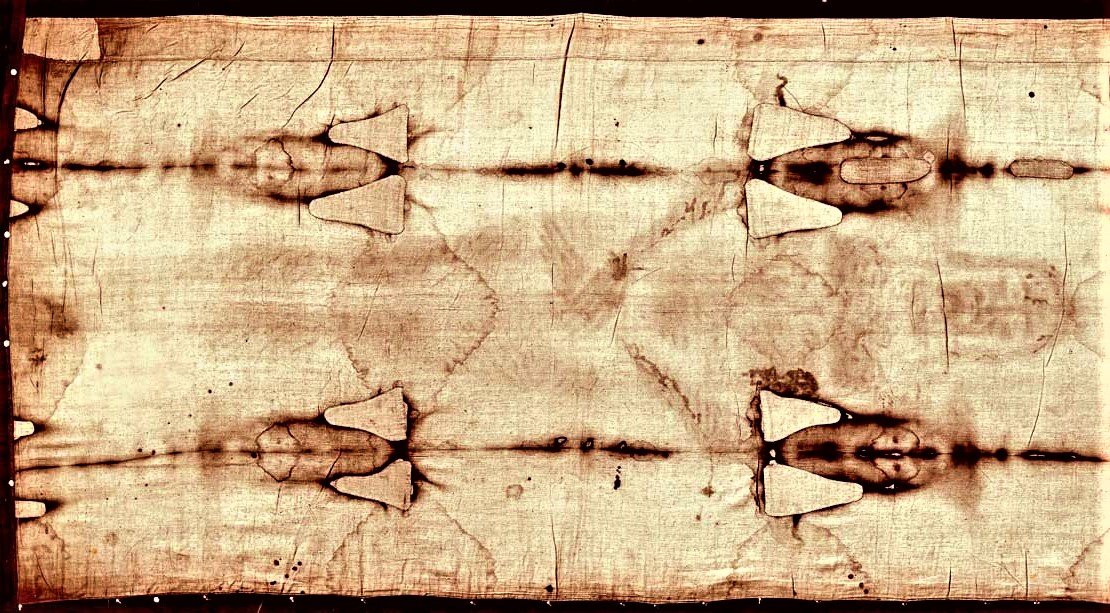
The Shroud of Turin
Relics of Great Reverence
I’m speaking here not only of the famed Shroud of Turin but of other related historical artifacts, which Dr. Carlo Serafini calls the Passion Cloths in his fascinating book, A Cardiologist Examines Jesus (Sophia, 2021).
As relics, these cloths are witnesses to Christ’s life and death, but they are not scientific proofs that take away our need for actual faith in the Person of Christ Himself. Yet, science can certainly help us understand them.
Dr. Serafini’s study includes the Holy Tunic of Argenteuil (housed in the abbey of Saint-Denis near Paris) that has been venerated since antiquity as Christ’s “seamless garment” (John 19:23), as well as the Sudarium of Oviedo (in the Cathedral of Oviedo in Northern Spain) that is considered to be the neatly-folded face cloth found in the tomb on the morning of the Resurrection (John 20:7).
Assuming all three Passion Cloths are what we believe them to be, they would have absorbed some amount of the Precious Blood either after the scourging (Tunic) or at the burial following the Crucifixion (Shroud and Sudarium).
Most fascinating of all is that a number of the blood stains on the Tunic and the Sudarium correspond exactly to several of the prominent blood stains on the Shroud.
Various teams of scientists from many different specialties and nations examined the Passion Cloths throughout the 20th century, and in his book, Dr. Serafini carefully analyzed all the data about the blood contained on them. In each case, scientists came to the same conclusion that the blood on these ancient cloths is actual human blood, not blood from an animal or stains created by any other substance.
This conclusion does not prove that the blood is Christ’s Blood, of course, but it sets the foundation for other conclusions that I’ll describe below. And the Passion Cloths are not the only witnesses to Christ’s Blood in the Church’s history.
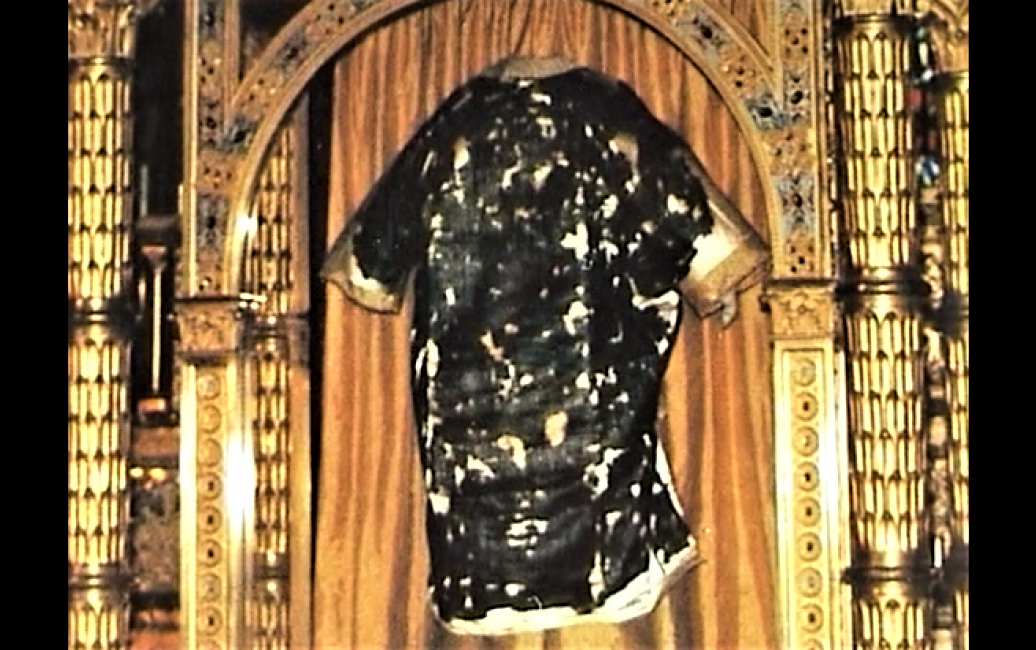
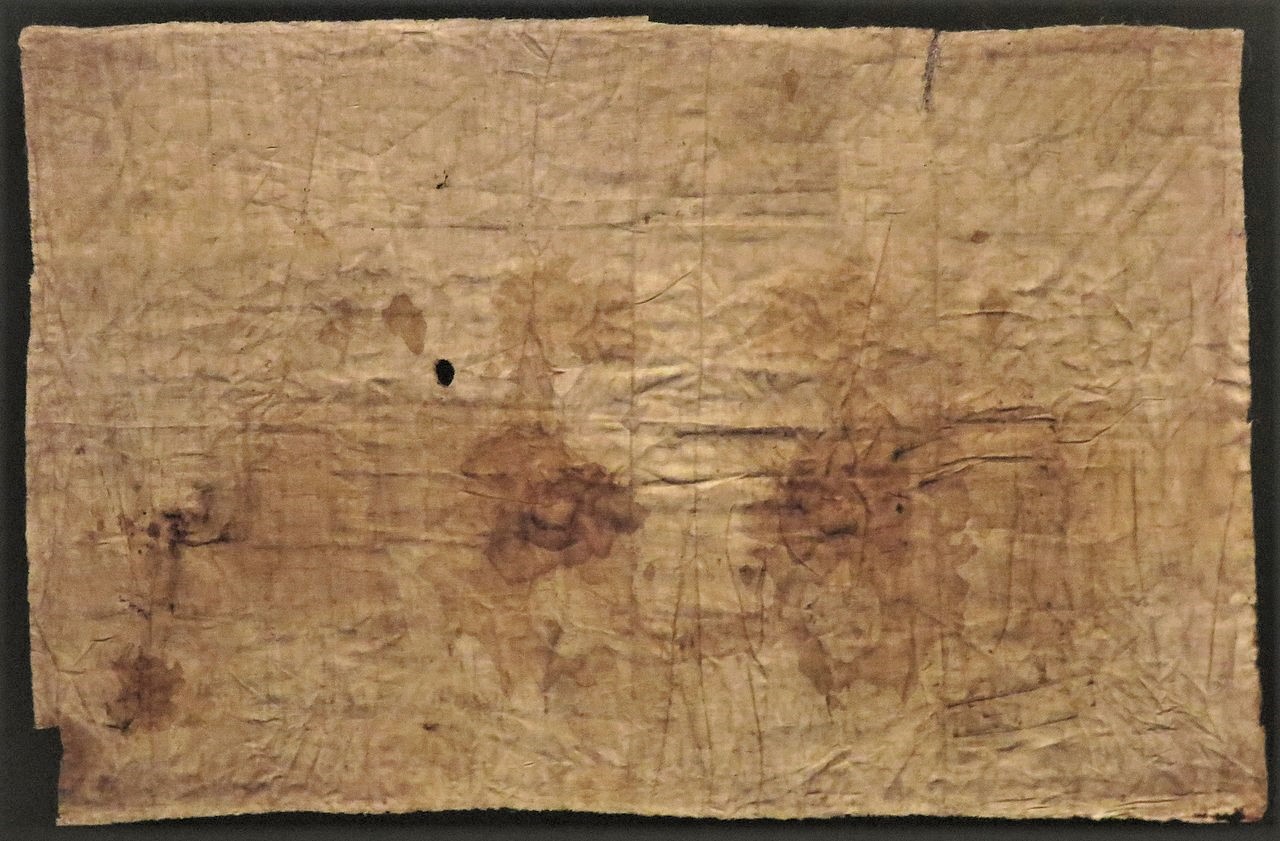
The Holy Tunic of Argenteuil
The Sudarium of Oviedo
Eucharistic Miracles
Dr. Serafini also examined numerous scientific studies done on five Eucharistic miracles, which purport to contain congealed blood and tissue that appeared miraculously in consecrated hosts. All studies carried out were done with modern scientific instruments and methods.
One of the miracles studied (Lanciano, Italy) dates back to 700-750 AD and still contains enough material to be examined scientifically today. The other four 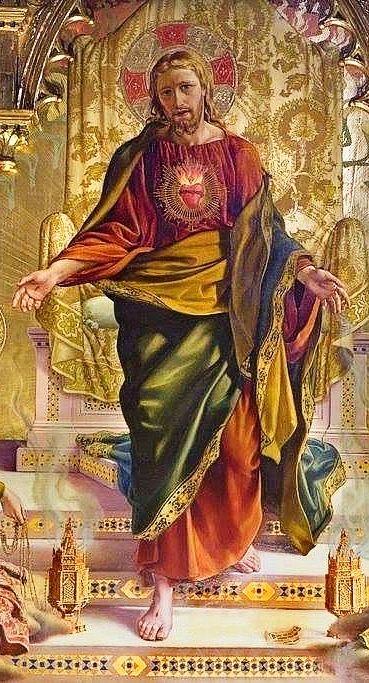 miracles are from the 20th century (from Mexico, Argentina, and Poland).
miracles are from the 20th century (from Mexico, Argentina, and Poland).
First of all, the studies indicated clearly that four of the five samples (the ancient Lanciano sample included) contain human blood.
But that is not the most incredible result. Scientists also determined that each of the five consecrated hosts contains identifiable human tissue side by side with the substance of the host. Further analysis proved that the tissue in each case comes from the heart muscle of a man.
Let the full impact of these conclusions sink in:
- The ancient Passion Cloths contain human blood.
- The Eucharistic miracles contain both human tissue and human blood.
- The tissue is of one type only: male heart muscle tissue.
The most astonishing conclusion of all, however, is that the human blood evident in all of these artifacts is of a single blood type – AB.
Human Blood, Divine Messages
The studies are extremely complex, so I’m only going to zero in on the issue of the blood type. The presence of human blood on these artifacts allows scientists to identify the blood type with scientific precision. Blood typing was done on the three cloths and two of the five Eucharistic miracles.
So, let’s focus on a few fascinating facts about this blood type and its occurrences in these artifacts.
1. AB is the rarest type of human blood in the world.
Scientists estimate that the AB blood type is shared by as little as four percent of the entire human population. AB-Positive represents 3.4%, and AB-Negative comprises only 0.6% of all human blood types.
Dr. Serafini believes these samples were all AB-Negative, which would put Christ’s Blood in the category of the rarest of all blood types. Serafini doesn’t hesitate to call it royal: “If there were an aristocratic blood group, in a way, the AB group would be it. AB is well-suited to the most precious and royal blood type in the history of humanity.” (199)
2. The mystery of the Virgin Mary’s blood type.
The blood type of a child comes from the parents, of course, but what happens when a child is born without a biological father? There are two possible answers to this question, both of which are biologically inexplicable.
The first is that Our Lady’s blood type was also AB and that she passed it on to Jesus without the contribution of a human father. Here we face a biological anomaly: passing on genetic material directly without a biological partner would result in a clone, an identical copy of the single parent. But Jesus was male, so He was definitely not a clone of His mother!
The second is that in most cases of AB children, one parent contributes the A and the other contributes the B. But such a scenario would be equally impossible for Jesus, whether the Blessed Mother contributed the A or the B: there was no biological father to contribute the corresponding type.
In short, whether Mary’s blood was A, B, or AB, Jesus’ AB blood represents an immense mystery that can only be solved by belief in some kind of divine contribution of the male element, as in Luke 1:34-37:
But Mary said to the angel, “How can this be, since I have no relations with a man?” And the angel said to her in reply, “The holy Spirit will come upon you, and the power of the Most High will overshadow you. Therefore the child to be born will be called holy, the Son of God…for nothing will be impossible for God.”
3. Jesus’ blood type itself is indicative of His mission.
Many mistake the AB blood type for the universal donor and believe that it is fitting to the God-Man who shed His Blood as a universal sacrifice for the human race. This is a pious belief but both scientifically and spiritually unsound. (The universal donor blood type is O.)
Medically, the AB blood type is the universal receiver; it can take into itself any other type of human blood. There is an important theological message here. Dr. Serafini calls this type of blood the “universal solvent.” That is, it can mix with and dissolve all other types of human blood into itself.
This is an astounding conclusion that fits perfectly with the saving mission of the Redeemer of mankind. In as much as blood signifies human suffering, each and every human being that has ever lived or ever will live can join his sacrifices to the saving Blood of Christ to participate with Christ in the ongoing redemption of the world.
4. It makes Eucharistic miracles almost impossible to fake.
Referring back to the relics and miracles, the rarity of the AB blood type (only identified in 1907!) undoubtedly would make Eucharistic hoaxes extremely unlikely. How is it possible that the blood of an 8th century Eucharistic miracle in Italy would track scientifically and perfectly with a 1st century Palestinian crucifixion cloth like the Shroud or the 20th century miraculous events in Poland, Argentina, Mexico (and other places we have not even mentioned)? This leads us to our final point.
5. The numbers don’t lie.
Dr. Serafini’s studies determined that the rarity of the blood and its recurrence through time in these artifacts establishes a high degree of certitude about their authenticity as witnesses to the Crucifixion.
Three occurrences of AB blood on such diverse relics is one in 8,000. That’s rare enough. Four occurrences of AB blood in such different relics goes up to one in 160,000. Then, the chances of five occurrences (as in his studies) swells to one in 3.2 million.
He thus says that we are dealing with a 99.99% degree of certitude that the blood of these ancient and modern artifacts is authentic – and probably from the same man.
I don’t know about you, but these days…I follow the science.
———-
[Note: This article is a reproduction of the Sacred Windows Email Newsletter of 5/15/22, so it does not end with the regular Soul Work section. Please visit our Newsletter Archives.]
Photo Credits: Holy relics via Wikimedia Commons. Feature image by Crystal Blair and stained glass by Paul Wellauer via Pixabay
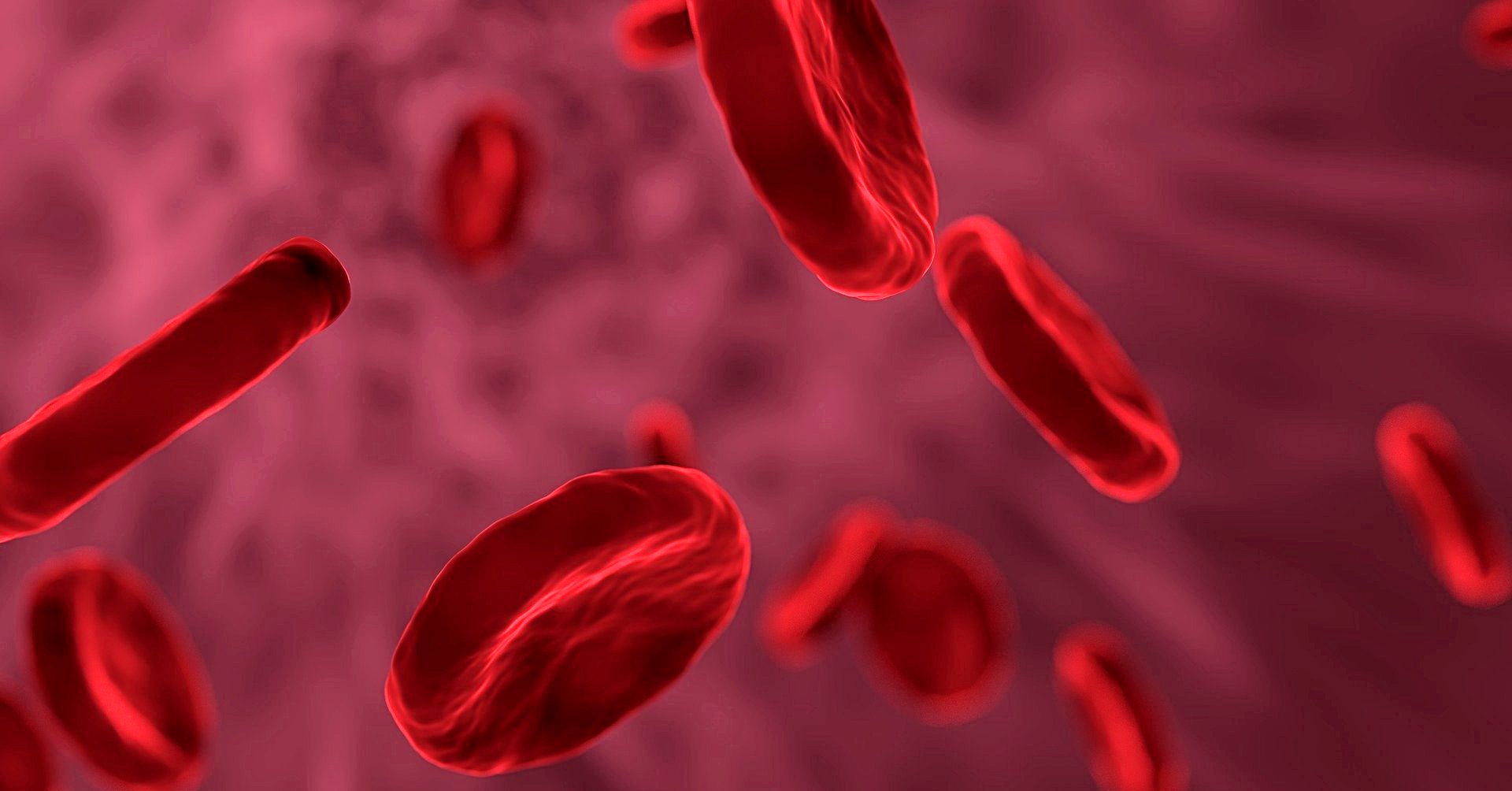
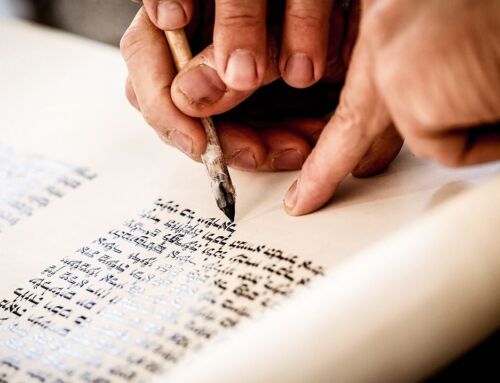
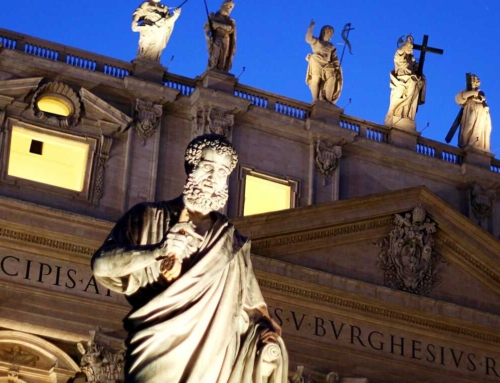
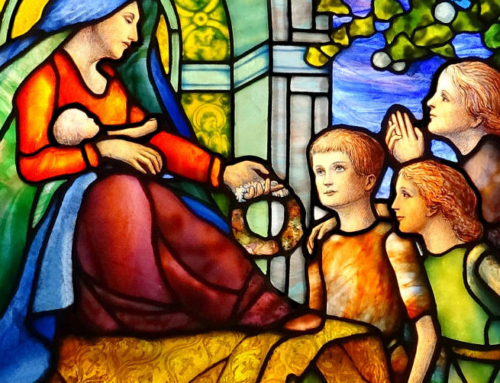
Proofs are very nice, even though faith will suffice.
Yes,Mary is RH NULL..AB-
RH NULL blood type is the rarest, but is not part of the 8 basic blood type groups. There are only a handful of RH NULL people in the world.
What are the 3 rarest blood types?
The three rarest blood types include:
Rh-null or golden blood
It is the world’s rarest blood type, with fewer than 50 known cases ever reported. When a person’s blood lacks all 61 possible antigens, they are said to be Rh-null.
Because Rh-null lacks all possible antigens, it can be donated to people who have blood types that are very different from the main eight. However, Rh-null can only accept blood from people with Rh-null blood type.
The scarcity of Rh-null blood, combined with its unique properties, makes it extremely valuable for scientific research, earning it the name “Golden Blood.”
AB−
AB− is the rarest of the eight basic blood types, accounting for less than one percent of the world’s population. Within the United States, the least common of the eight well-known blood types is AB− with only 1 in every 167 people in the United States having it.
While AB− can receive blood from all other Rh types, it can only donate blood to others who have AB blood, both Rh-negative and positive.
Because AB− has both A and B antigens on its red cells, it is compatible with all the other major Rh-negative blood types.
It is the universal plasma donor, and anyone from any blood group can receive plasma from AB blood.
HH blood type, rare ABO group, or Bombay blood group
This extremely rare phenotype blood group is found in approximately four per million of the world’s population. One in every 10,000 people in Bombay may have it.
There are approximately 179 people in India who have the Bombay phenotype blood group.
Though the people with the Bombay blood group are also O−, the additional H antigen that functions as a component of the ABO blood group is missing here. The absence of the H antigen is referred to as the “Bombay phenotype.”
A person with the Bombay blood group can give blood to someone with the ABO blood group. They, however, can only take blood from their blood type, which is the HH blood type.
https://www.medicinenet.com/what_is_the_golden_blood_type/article.htm
Hello cc: I have AB RH negative blood and I donate blood plasma (and platelets) often because that’s what the blood banks want from me. I’m able to accept blood transfusions from any other RH negative person. But, I cannot receive blood from any one who is RH positive. RH positive blood would immediately cause clots and would kill me.
Hi Rick – yes, RH negs cannot accept RH positive blood type blood transfusions. That’s why they give RH neg mothers a RhoGAM shot to prevent RH incompatibility, when the father is RH+. Of the 8 basic blood groups, you have the rarest blood type, AB- . As an O-, I can donate to nearly any blood type, aka a universal donor. It is definitely a very interesting topic!
That AB typed are very rare, due to it is related to Korean history’s. These AB blood types were some at Japan, and some all over the world.
It was very interesting because I am AB +.
Amen to that, William!
I believe
that Jesus’s blood type was AB- and Mary’s was O+
also Adam is created with AB- and Eve is created with O+
The Shroud of Turin blood type results were AB
https://christianfaithguide.com/what-was-jesus-blood-type/
I think Jesus Christ blood is AB÷ : The reason is only blood type AB+ is universal receiver, not AB=.
This person did not read more about blood type and the compatibility of blood type , before jumped to conclusion.
All people commented on this post, there’s only one person warning people about AB-. Blood AB- only receive the AB- blood while AB+ receive any blood type… Think about when all Catholics receive Jesus in communion, we become one body of Christ. If Jesus Christ blood type AB-, only people negative rh can join HIM , because His Blood will reject any rh positive blood, so only AB+ is universal receiver and We know Jesus Christ will accept anybody come to Him. It makes sense. If you doubt what I say, please Google blood type compatibility, you will know what I say. Thanks.
You forget that Jesus died for us. Not to receive from us. He gave us HIS blood. Jesus was not a vampire.
Best explanation I’ve read so far.
Amen to your comment!
I agree 100% with your thinking– I don’t believe Jesus would be anything with even the word (negative) associated with it; and your line of reasoning makes sense. Further, it’s mainly reported that the blood is AB I don’t think any scientist has definitely stated it is negative. AB+ is Universal Recipient.
The ying and yang archetype.
Thanks Edo. It’s a truly fascinating subject. All the best, Peter Darcy
[…] The Science Behind Jesus’ Blood Type […]
If this is true, then O neg blood was not yet here as O neg can only receive O neg/ O neg null. But yet is universal donor to the world. Jesus’s blood was universal. AB neg/AB neg null can not be given to O neg blood. There fore either O neg was not of the blood groups in that time period OR… Jesus had O neg/ O neg null being the only universal blood group that saves ALL blood types of this world. I am very familiar with this blood type as I am O neg and been thru much with the pro and con’s especially due to carrying my son which is A pos which almost killed both my son and myself as I suffered severe illness’s along with angioendema and giant hives for 20+ years after his birth. Which they called the 5th disease back in the 50s-the 80s as the medical industry had no other name for it. The illness’s stopped after I had a hysterectomy. My mother had the same illness’s with my bother and sister which was O Positve and suffer for many years even after my birth, me being O neg and the 3rd child.
IMO and personal experience.
IMO
Respectfully
Rev. Caroline
You should have received Inj Rhogam in 28 th week of pregnancy to save your son from disease
Your Angio oedema and giant hives are not related to your pregnancy.
Hysterectomy is also unrelated.
I am AB Negative & believe this to be true as I am a rarity and am like no other, rsouza@mail.umassglobal.edu
I concur, Renee – AB Negative is truly rare and you too! Thanks for reading the article. All the best.
I’m not Catholic but I find this article fascinating and accurate.
I am a be negative as well and Rh negative. Do you know if you are Rh positive or negative?
Were they able to extract blood from the crown of thorns at the Notre Dame Cathedral? That would be pretty wild. Also, reading this as AB- makes me want to serve Him more.
Hello Greg, thanks for reading the article! I appreciate your feedback too. I don’t know of any study that has ever been done on the blood from the Crown of Thorns (which is actually in Sainte Chapelle in Paris rather than Notre Dame). If I find anything out about that I’ll let you know. Yes, I agree. A study like this really strengthens one’s faith, doesn’t it?! All the best. PD
Daniel…I have blood type – CIS-ab rh null, look it up, A’s and B’s on every allele, not separate a’s and b’s. I believe Mary could have had such blood. Why do I hardly ever see that suggestion, it’s rare, but very possible. If I could have it…….
Yes!!! I had the same thought. My mother is O+ but I am AB-, and my father was also AB-, which I believe must make me the CIS variety, as such a result is supposedly impossible otherwise, no? This also crossed my mind when reading articles debating Christ’s blood and the genetic implications…
I would love to speak with others who have the same type… goodnightbrooke@gmail.com
Very fascinating…great article…I couldn’t stop reading…kept my attention the whole way through…by the way I am ab negative as well…that’s how I came about this reading…
Thanks for your feedback. So glad you liked the article! It was an eye-opener researching it. The book I reference (Dr. Serafini’s) is worth a read but much of it is highly technical medical jargon. However, the parts that the average layman can read are enlightening to say the least. All the best!
Well idk I’m AB+ brown hair brown eyes and Jesus was also brown hair brown eyes which means that he was my blood type.. he wasn’t blonde hair blue eyes.. I’m Jesus and Jesus is alive within me
I was hoping you would have tested and mentioned the female chromosomes and the male chromosomes. Ordinary people have 46 chromosomes so by Jesus being born by human mother the chromosomes would show Jesus received 23 from his mother and on his father that was not human it should show up the other part of chromosomes that God put there.
He had 23 chromosome from his Mother and 1 from his Father : Y : NOT HUMAN.
Look at the work of Ron Wyatt on YT. Cheers
Was the blood tested that was below where Christ was crucified? It was In Israel.
[…] according to the Shroud, the Sudarium of Oviedo, & dozens of Eucharistic miracles, we know is Type AB—the universal receiver, the rarest blood type on Earth), I think it’s most appropriate that […]
I was born in the 50’s, my Mom had an affair. My bio-dad was CIS-ab rh null, …I inherited his blood type. I am CIS-ab rh neg. Both A & B alleles together in one recipe on only 1 allele! Look it up! Why couldn’t Mary have had the CIS-ab rh null factor?
True
My Father is Christ the Lord. Amen.
Thank you for this article.My dear mother was AB- ,I knew my mother was special.
I hate to break it to you, but the universal recipient is AB+. A recipient with Rh- blood cannot safely receive Rh+ blood.
https://www.redcrossblood.org/local-homepage/news/article/what-is-the-rh-factor–why-is-it-important-.html#:~:text=Those%20with%20Rh%20negative%20factor,to%20categorize%20a%20blood%20donation.
I have ab+ blood type.I have never given blood to anyone.I guess I am a hybrid.Smarter after the effects of the pandemic and more into finding answers about what my blood type.I am amazed the information found about myself and a very small amount of others with the same blood type all over the world.My knowledge is from my research.I have a lot of questions.
[…] Jesus’ blood type AB- https://sacredwindows.com/the-science-behind-jesus-blood-type/ […]
Then there is Jesus’s chromosomes or lack there of.
Blood grouping per se does not prove that the blood is that of Jesus. Although AB negative is extremely rare, to prove that it came from Jesus one would have to do a chromosome count. Since Jesus Christ did not have an earthly father, but a Heavenly one, His blood should contain only 22 autosomes from his mother and 1 Y chromosome from the Holy Spirit to contribute to his masculinity.
Thanks for this – My spiritual Journey has given me the gift of AB – blood. Faith and works are not mutually exclusive. Therefore, part of my mission has been to humbly try my best. The American Red Cross (sign of the cross) recruited me to this point of 494 units of blood products given thus far. It’s one thing to get a calling. Then, if one recognizes what the calling is, we are blessed beyond our imagination if we answer it. Please give Blood if you can.
Thank you for this very informative article. I have AB – blood and have wondered if there is a connection somehow to a lineage. I have read that it could be a genetic marker from the levitical priesthood or maybe from Mary’s family line…but perhaps there’s no real way of knowing. If anyone thinks there may be some merit to these ideas, please comment. Thank you for an interesting discussion.
Hey, Annabelle! Where did you get that info? Just curious, for my own research. Thank you!
O- is also a rare blood type, all the Rh negative blood types are rare. I have thought about this… O blood type is also the Oldest blood type, O- is the Universal donor, which represents a healer. Jesus was a healer and still is today. For all we know maybe he has an even rarer blood type, maybe it contains all blood types. O- can mix with any blood type. Everybody wants to have the right answer. God knows….its a matter of the heart
I am O- and can only receive O- People beg me to donate. Also , when I was married he had O+. Created a problem as my antibodies when pregnant attack the O+ baby. They said I have the RH Factor which I was given a shot to protect my next child but only had one. So O- can only receive O- . I never knew this until pregnant. She’s my sweet girl with O+ blood.
Jesus was not crucified in Palestine, he was crucified in Jerusalem, which belonged to the Jews.
Rh- is the original White Atlantean blood.
jews/Canaanites are mixed and have negroid, etc. genes. Also, jews are terribly inbred at the same time. It’s so funny really
It’s pretty bad ass my mother is AB+ and my Father is O – ,… Which makes me B- RH – the Enigma Huntress ❤️❤️❤️❤️
[…] The Science Behind Jesus’ Blood Type — at sacredwindows.com […]
I’m AB+ not sure about my parents I was adopted.So I have no clue what there blood types are
I’m ABRH- but I have yet to be aware of any strange powers. LOL
But as an activist/journalist I HAVE always fought to make the world a better place. But that was really “nurture” than “nature.” My father taught me that value. You can find my latest writings at:
https://brucecain.substack.com
interesting scientific input:
https://www.sciencefocus.com/the-human-body/which-human-blood-group-evolved-first
I am RH- negative and was told that bloodlines
Comes from Anunnaki (fallen angels) its considered royal blood from the evil bloodlines.
My question is if thats so and I have the blood type will Yahusha (Jesus) reject me because that bloodlines is considered the devils seed?
What I just read in the article above, it said that Jesus blood is able to receive all blood and cover it
I believe the Messiah family were actually blood type Du. Which is the rarest known and rarely tested for. It appears RH negative on most standard tests. Saints with their abilities alive today are tested and have this extremely rare variant… The templars originally formed to protect their bloodline because the souls of the incarnated angels and lower case G gods could only incarnate into the flesh through the du blood type which is passed by the X chromosome. Your being any blood type by no means means you would be rejected by God. It could mean the Messiah family or incarnated angels are unable to incarnate into your bloodline. But they come here to guide and protect ALL beings regardless of blood type. God bless you
Do you believe Jesus died for your sins ? Did you ask for forgiveness repentance? If yes ! Jesus loves and yes !
If you answer yes then he wouldn’t reject his child ! I also have O-rh factor . I am a child of God . I love Jesus and he loves me !
I believe the Messiah family were actually blood type Du. Which is the rarest known and rarely tested for. It appears RH negative on most standard tests. Saints with their abilities alive today are tested and have this extremely rare variant… The templars originally formed to protect their bloodline because the souls of the incarnated angels and lower case G gods could only incarnate into the flesh through the du blood type which is passed by the X chromosome. God bless you
Victory in the Lord